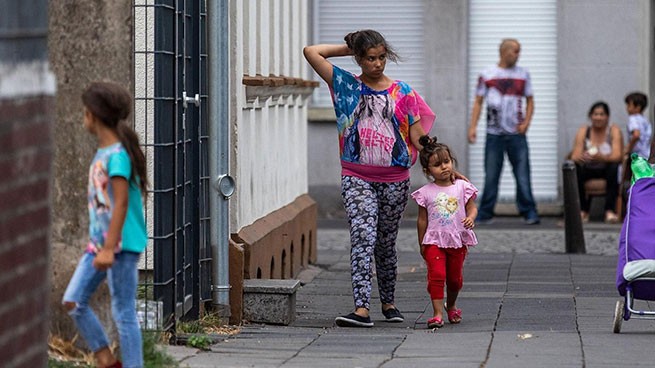Europe has experienced a series of mild winters in the past, which helped overcome the energy crisis. However, cold waves can still pose problems for the region's power grids.
Matthew Dross, a meteorologist at Maxar, expects this season to be warmer than usual but cooler than last year. In his opinion, La Niña is usually accompanied by lower temperatures in Europe, which could lead to additional problems.
La Niña (Spanish: La Niña) is an oceanic and atmospheric phenomenon that is the colder counterpart of El Niño, as part of the broader climate pattern of the El Niño-Southern Oscillation (ENSO). The name La Niña means “girl” in Spanish (similar to El Niño, “boy”). In the past, the phenomenon was also called anti-El Niño and El Viejo, which means “the old man.”
Andrew Pedrini, meteorologist at Atmosphere G2, forecasts weak to moderate La Niña for winter. This usually leads to lower temperatures in Western Europe. Thus, meteorologists predict cooler November and December (compared to last year).
Pedrini also notes that relatively low temperatures and above-normal rainfall may lead to snowfall in some parts of the continent. In September of this year Cyclone Boris brought 1.5 meters of snow to the Austrian Alps.
Meteorologists estimate that France, the UK and Scandinavia will be the coldest parts of Europe in October, reports Bloomberg.
On the contrary, in South-eastern Europe and southern Spain are expected to experience hot weather, maintaining the temperatures recorded these days (+25°C – 30°C).
According to Weather Services International, in Athens, which faced heat waves and forest fires in the summer, temperatures could reach 32 in early October.°WITH.
The chance of La Niña occurring in November, December and January is 83%, up from 74% predicted a month ago, according to the U.S. Climate Prediction Center. This phenomenon could lead to drought in California, Brazil and Argentina, rain in Indonesia and Australia, and colder temperatures in Europe.







More Stories
An 18th-century temple built on a mountain cliff burned down in Corinthia
More than 7,000 hectares of land burned in the Xylokastro fire
Two male lesser flamingos became parents